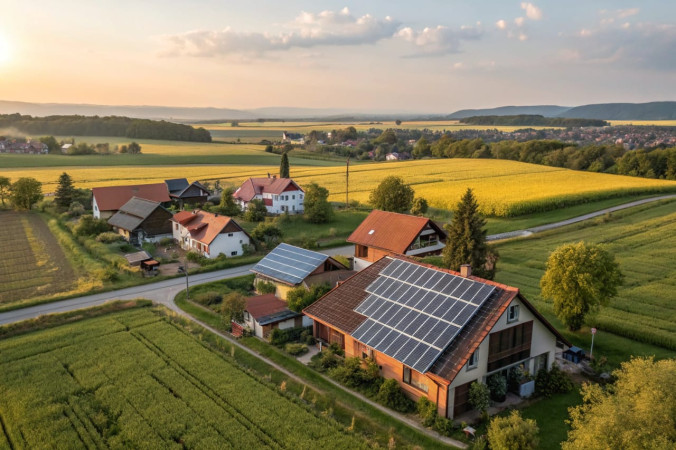
Follow India Renewable Energy News on WhatsApp for exclusive updates on clean energy news and insights
India’s Clean Energy Transition Faces Headwinds Amid Tender and Auction Slowdown
May 20, 2025
India, aiming for 500 GW of non-fossil fuel capacity by 2030—including 280 GW from solar—faces a worrying slowdown in renewable energy tenders and auctions. Data from MNRE and Bridge to India shows a 35% drop in tenders and a nearly 50?cline in auctioned capacity during FY 2023-24 compared to the previous year. This decline threatens to derail India’s ambitious clean energy goals under its Nationally Determined Contributions (NDCs).
Key factors behind this slowdown include regulatory uncertainty, land acquisition hurdles, grid integration challenges, and financial instability among distribution companies (DISCOMs). Issues such as delayed Power Purchase Agreements (PPAs), payment defaults, restrictive ceiling tariffs, and inadequate transmission infrastructure have collectively dampened investor confidence and project momentum.
The implications are severe: India risks missing its 2030 climate commitments, discouraging private and international investors, increasing reliance on coal and fossil fuel imports, and stalling job creation projected in the renewable energy sector. The International Energy Agency (IEA) highlights that India needs to add 40–45 GW of renewable capacity annually to meet targets, yet current additions hover around 15–20 GW.
To reverse this trend, systemic reforms are critical. Financial strengthening of DISCOMs, removal of arbitrary tariff ceilings, transparent policies, accelerated investment in transmission infrastructure (including green energy corridors), and support for decentralized and hybrid renewable models are essential. Incorporating digitalization and AI-driven grid management can further optimize renewable integration.
India’s clean energy ambitions are pivotal not just for national sustainability but for global climate goals. Immediate, coordinated action involving policy clarity, infrastructure readiness, and political commitment is vital to reignite growth and ensure India leads the global green energy revolution.